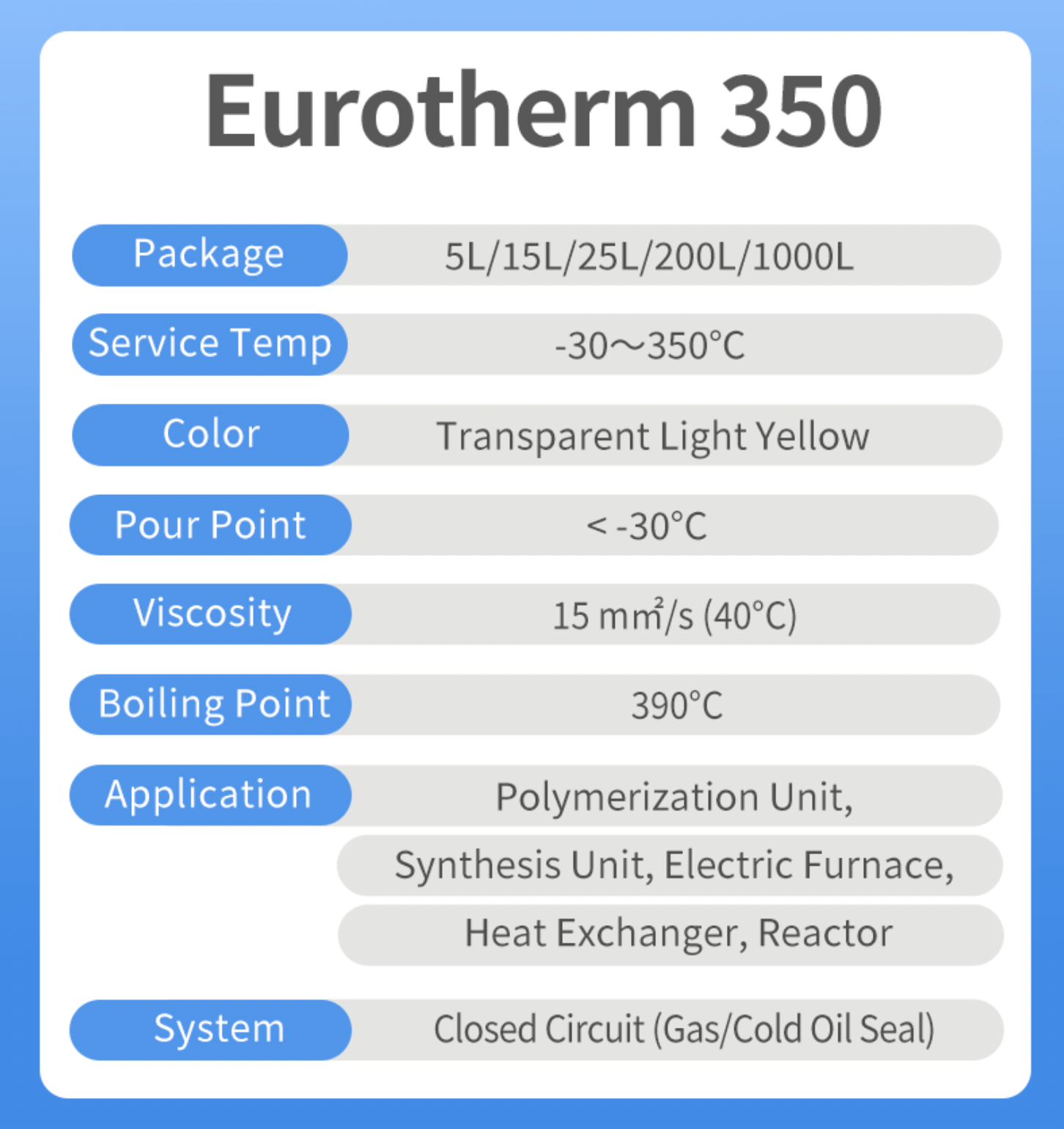Chemie Fundamentals Explained
(https://nwgsuqneu11.typeform.com/to/EnpuRWEa)Calculated adjustment in electric conductivity of fluid samples as a feature of time when mixed with the resin sample in the closed indirect air conditioning loophole experiment. Number 6 reveals the adjustment in the determined electrical conductivity of the fluid samples when mixed with the resin example. The conductivity of the water example from the closed loophole experiment minimized by around 70% from 11.77 S/cm to 3.32 S/cm in six hours.
These outcomes suggested that the capability of the material relies on the examination liquid utilized for the experiment. This reveals that different ions present in the liquid will certainly result in different ion exchange ability of the fluid. Determining the ion exchange resin ability with the fluid sample from the real cooling loop is vital.
Chemie for Dummies
An ion exchange resin cartridge including 20g of Dowex combined bed material might take on order 938 days to saturate - silicone fluid. Simply put, to keep a reduced electric conductivity, a material cartridge with the measurement and weight requirements as that of the resin cartridge made use of in the experiment, need to be transformed every 30 months for the air conditioning system that was used in the experiment
The cooling of digital components has actually ended up being a major difficulty in recent times due to the improvements in the layout of faster and smaller components. As a result, different air conditioning innovations have been developed to effectively eliminate the warm from these parts [1, 2] Making use of a fluid coolant has ended up being appealing because of the greater warm transfer coefficient achieved as contrasted to air-cooling.
The Best Guide To Chemie
A solitary phase air conditioning loophole contains a pump, a heat exchanger (chilly plate/mini- or micro-channels), and a warmth sink (radiator with a fan or a liquid-to-liquid warm exchanger with chilled water air conditioning). The warmth resource in the electronic devices system is affixed to the heat exchanger. Fluid coolants are likewise utilized in two-phase systems, such as warm pipes, thermo-siphons, sub-cooled boiling, spray air conditioning, and straight immersion systems [2, 4]
The needs might differ relying on the type of application. Complying with is a listing of some basic needs: Great thermo-physical properties (high thermal conductivity and certain warm; reduced thickness; high concealed warm of evaporation for two-phase application) Low cold point and ruptured point (sometimes ruptured security at -40 C or lower is required for delivery and/or storage space purposes) High climatic boiling point (or low vapor stress at the operating temperature level) for solitary stage system; a slim wanted boiling point for a two-phase system Excellent chemical and thermal security for the life of the electronic devices system High flash point and auto-ignition temperature level (often non-combustibility is a demand) Non-corrosive to materials of building and construction (steels as well as polymers and various other non-metals) No or marginal regulatory constraints (eco-friendly, safe, and possibly eco-friendly) Economical The best electronics coolant is an inexpensive and safe liquid with superb thermo-physical residential or commercial properties and a long solution life.
Not known Incorrect Statements About Chemie
Many of these liquids have a non-discernible smell and are nontoxic in situation of call with skin or intake. As stated in the past, aliphatic PAO-based fluids have changed the silicate-ester fluids in a range of army electronics (and avionics) cooling down applications in the last decade. Another class of preferred coolant chemistry is dimethyl- and methyl phenyl-poly (siloxane) or commonly recognized as silicone oil.
Fluorinated compounds such as perfluorocarbons (i.e., FC-72, FC-77) hydrofluoroethers (HFE) and perfluorocarbon ethers (PFE) have specific special residential or commercial properties and can be used touching the electronics [4, 8] Of all, these fluids are non-combustible and non-toxic. Some fluorinated compounds have absolutely no ozone depleting potential and other ecological residential properties.
This coolant is identified as toxic and ought to be dealt with and disposed of with treatment. The top quality of water utilized for the preparation of a glycol service is really vital for the system.
Chemie Fundamentals Explained

This is a low cost antifreeze solution, finding use in refrigeration solutions and ground source heat pumps - silicone synthetic oil. This fluid can be utilized down to -40 C owing to its fairly high rate of warm transfer in this temperature range.
It is thought about even more hazardous than ethylene glycol and consequently has actually found usage only for process applications located outdoors. Additionally, methanol is a look at this site combustible fluid and, therefore, introduces a potential fire hazard where it is saved, took care of, or utilized. This is an aqueous service of denatured grain alcohol. Its main advantage is that it is non-toxic.
Getting My Chemie To Work
As a flammable liquid, it calls for certain preventative measures for managing and storage space. Aqueous services of calcium chloride discover wide usage as flowing coolants in food plants. It is non-flammable, safe and thermally much more effective than the glycol services. A 29% (by wt.) calcium chloride option has a cold factor listed below -40 C.

Comments on “The Best Guide To Chemie”